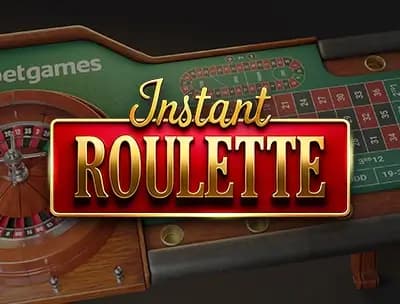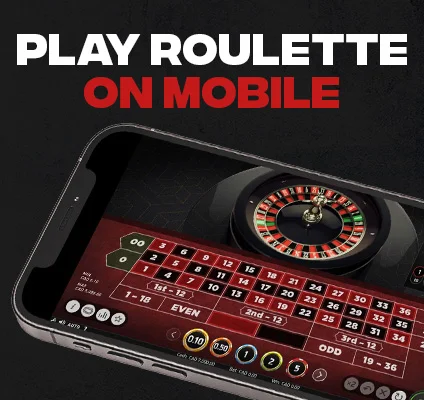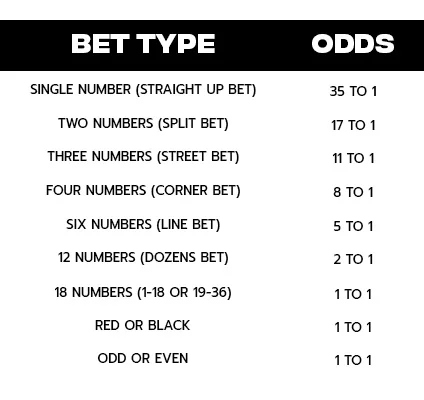










At Bodog, Canadian players can explore seven distinct online roulette variations, each offering unique gameplay elements and winning opportunities. From classic American and European roulette to innovative variations like Dragon Roulette, our online casino delivers authentic casino-grade gaming directly to your screen.
For two decades, we've refined our online roulette experience to meet Canadian players' expectations. Whether you prefer the additional challenge of American Roulette's double zero or the favourable odds of European Roulette's single-zero layout, our games offer betting limits ranging from $1 to $500.
Our roulette selection includes:
Experience the authentic casino atmosphere from home with our live roulette tables, where professional dealers bring the game to life 24/7 in real-time. At Bodog, we offer five dedicated live roulette tables: three American Roulette tables and two European Roulette tables, each streaming in HD quality and accommodating bets from $1 to $3,000. Interact directly with our roulette dealers and fellow players through our integrated chat system, creating an engaging social experience that appeals to both seasoned players and newcomers alike. Customize your gaming environment to match your preferences, from table views to betting interface layout.
The sophistication of our live roulette extends to all devices, with our mobile-first design ensuring seamless compatibility. Whether playing on your smartphone or tablet, the interface automatically adapts to your screen size while maintaining stream quality and betting functionality, offering non-stop roulette excitement anywhere, anytime.
Multiple camera angles provide comprehensive views of the action, while our streamlined interface displays detailed betting statistics, hot and cold numbers, and your complete gaming history. The real-time nature of live dealer games adds authenticity to every bet, combined with the convenience and security of online play.

We offer different variants of Roulette games:
Experience the excitement of roulette anywhere through our optimized mobile platform. From American to European variants, plus our live dealer tables with HD streaming, every game runs flawlessly on iOS and Android devices without downloads. The responsive interface automatically adjusts to your screen size, maintaining perfect visibility of the roulette wheel, betting grid, and race track betting options.

Roulette enthusiasts can access exclusive casino rewards and bonuses designed specifically to enhance their table game experience. Beyond our generous welcome offer, roulette players can enjoy some of the most competitive rewards in Canadian online gaming:
Share your passion for roulette by bringing friends to the table with our Refer a Friend bonus, offering 200% of their first deposit up to $100, plus an additional $75 when they deposit using cryptocurrencies. Watch your roulette rewards multiply as you introduce more players to the excitement.

Canadian roulette enthusiasts benefit from multiple secure banking options designed to ensure smooth gameplay and reliable fund management. Our banking system prioritizes security while maintaining efficient processing for both deposits and withdrawals.
Interac e-Transfer leads the way for Canadian roulette players, offering instant deposits and 24-hour withdrawal processing. This secure, bank-to-bank system integrates with all major Canadian financial institutions, providing peace of mind through encrypted transactions and familiar banking interfaces.
iDebit serves high-stakes roulette players particularly well, supporting larger transactions up to $25,000 while maintaining privacy through direct bank integration. This method proves especially valuable for players seeking to maximize table limits at our live dealer roulette tables.
Crypto transactions add another layer of convenience for online roulette players, with options including:
New crypto roulette users can access an enhanced 150% welcome bonus up to $900, perfect for exploring our premium roulette selection.
Both European and American variants follow similar core principles, though American Roulette features an additional double zero pocket, slightly altering the odds and betting dynamics.
The game begins as players place their bets on the felt layout. The dealer then sets the wheel in motion, launching a small white ball in the opposite direction. As momentum fades, the ball settles into one of the numbered pockets, determining winning bets. This simple mechanical process creates endless possibilities for strategic betting.
Inside Bets: They offer the highest potential payouts but carry greater risk. A straight-up bet on a single number pays 35 to 1, while split bets covering two adjacent numbers pay 17 to 1. Street bets covering three numbers and corner bets on four numbers provide balanced risk-reward options, paying 11 to 1 and 8 to 1 respectively.
Outside Bets: They provide more conservative options with higher win probability. Players can wager on broader categories like red or black, odd or even, or groups of numbers through dozen and column bets. These even-money and 2 to 1 bets form the foundation of many popular roulette strategies.
European roulette introduces sophisticated betting patterns based on wheel position rather than table layout. The Voisins du Zero covers 17 numbers around zero, while Tiers du Cylindre bets on 12 numbers opposite zero. These announced bets add strategic depth through wheel sector coverage.
Neighbours bets allow players to cover five consecutive numbers on the wheel, capitalizing on potential wheel bias or patterns. The Orphelins bet covers eight numbers in two disconnected wheel segments, offering unique value opportunities.
Learn everything about roulette strategy on our dedicated how-to guide.
The odds and payouts in online Roulette can vary greatly between the different types of bets. Let’s see below the various odds and payouts associated with each type of Roulette bet:
If you like our Roulette games, then you’ll love some of the other offerings available at Bodog Casino. Take your pick from Blackjack online, table games like Baccarat and Bingo, Poker games and online slots.
Keep your game sharp, follow our news hub https://news.bodog.eu/ for Casino, Sports, and Poker coverage.